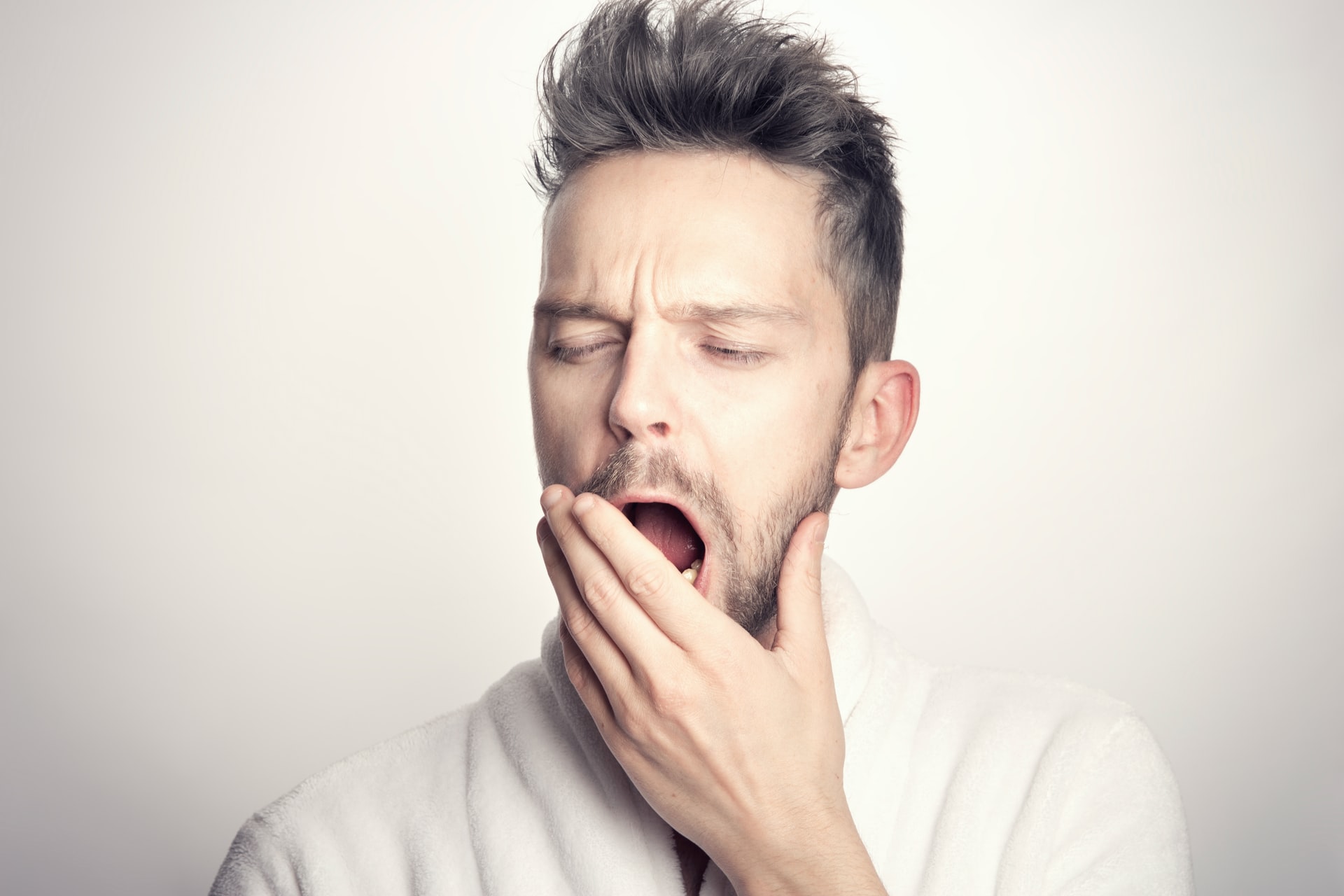How Dry Needling Helps Relieve Musculoskeletal Pain
The human body consists of 206 bones and over 600 muscles. These muscles and bones within the body make up the musculoskeletal system. The Musculoskeletal system of the body is made up of all the bones, muscles, tendons, ligaments, cartilage and connective tissues. These aliments can present pain in a variety of different ways: decreased mobility and flexion, inflammation/fluid retention, muscle tears and skeletal alignment issues. These issues, as well as many more, can be relieved by dry needling. Dry needling is a treatment that allows practitioners to go beyond traditional adjustments/surface techniques and directly stimulate muscles to release tension. This process will aide in pain reduction and expedite the body’s natural healing process.
Dry needling is a safe and effective technique for patients with certain musculoskeletal issues, pain management and neuropathy issues. This form of needling uses the term “dry,” due to the fact that the needle insertion is not wet like the needles used in delivering a vaccine. This technique uses extremely fine, solid, stainless steel filiform needles that vary in length. The size of the needle selected for treatment depends on the depth of the tissue being treated, due to each individual circumstance. The needles are inserted into the bodies trigger points in the various muscles, which causes a reaction of contraction and release. Dry Needling does have some side effects after targeting the trigger points that include, but are not limited to: skin bruising, muscle tenderness, lethargy and slight headaches.
Dry needling is effective for most pain and mobility issues related to tight muscles. Cervical tension in the muscles that causes headaches and migraines is one way dry needling is extremely effective with relief and release. Dry Needling is not limited to cervical tension, but can be used for most of the musculoskeletal regions within the body. Lower back pain is one of the most common visits in chiropractor’s offices and it can significantly benefit from this treatment. One of the most common forms of lower back pain is Myofascial trigger points. When these specific trigger points are activated, the tender and stiff “knots” of bundled spinal muscles start to unwind. This process can immediately start alleviating symptoms of radiating pain from lower back, hip, groin, stomach, glutes, tailbone, and/or thigh. Dry needling breaks up the muscle knots, releasing the tension and relieving the pain. Research has shown that dry needling coupled with spinal adjustments, spinal decompression and other office modalities has a long lasting effect of reducing and eliminating lower back pain.
Dry needling can also aid in recovery from sports related injuries or overuse of muscles. These sports related injuries do not have to be recent. Old sports injuries caused by excessive exertion can also be treated with dry needling. Old injuries generally build scar tissue and dry needling can break this up and help increase range of motion.
Ask your doctor about dry needling at your next appointment and see if this healing therapy will be an added benefit to your unique treatment plan.




